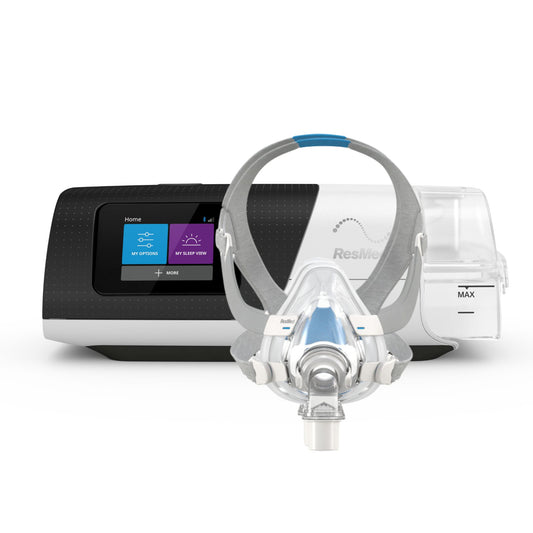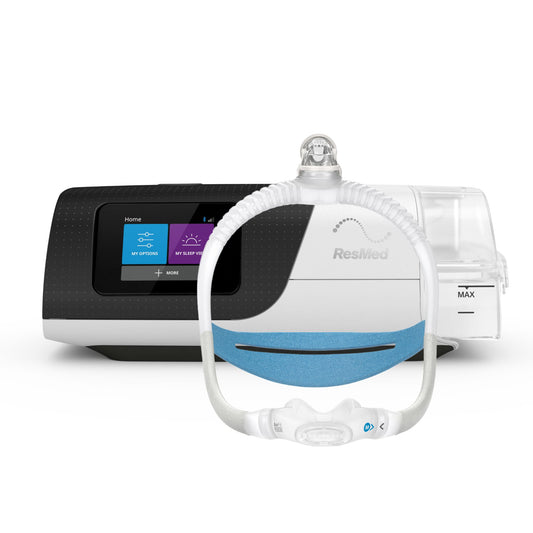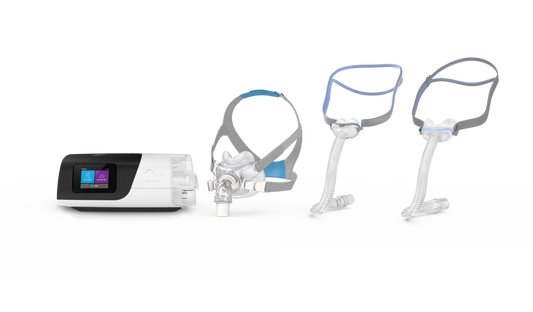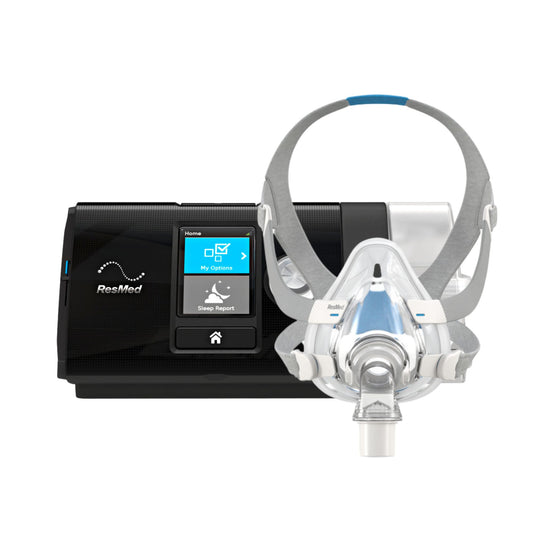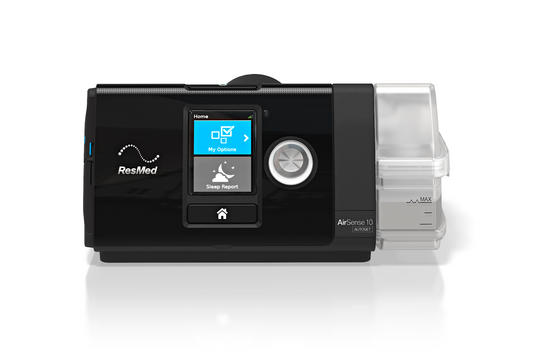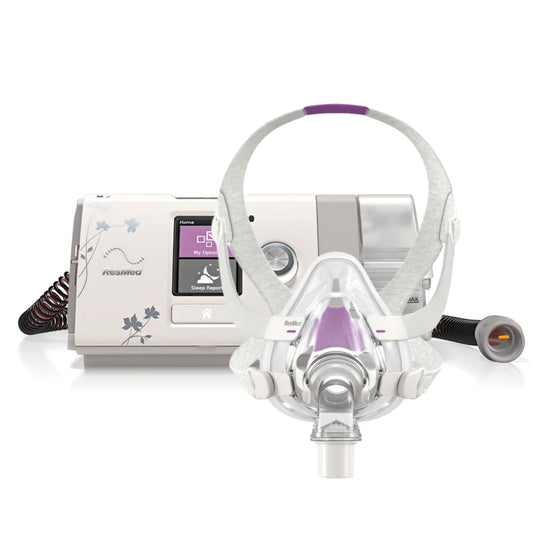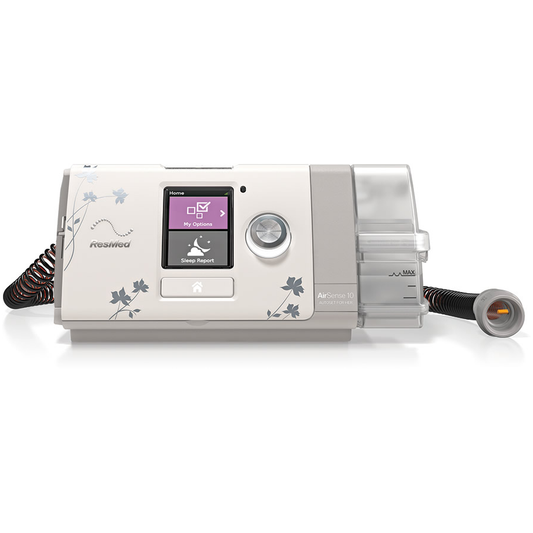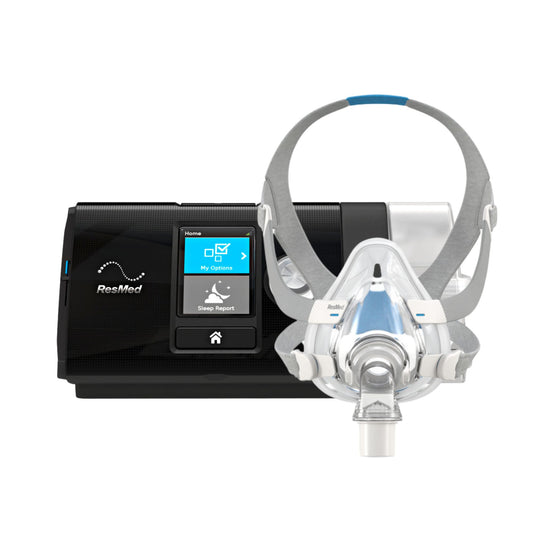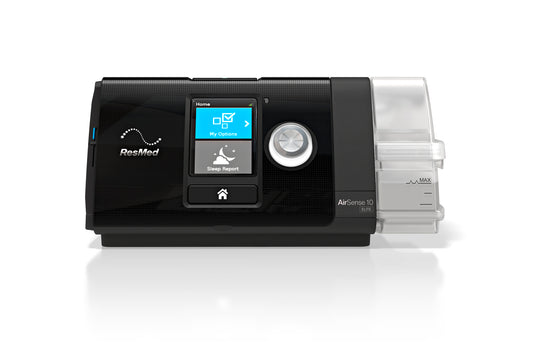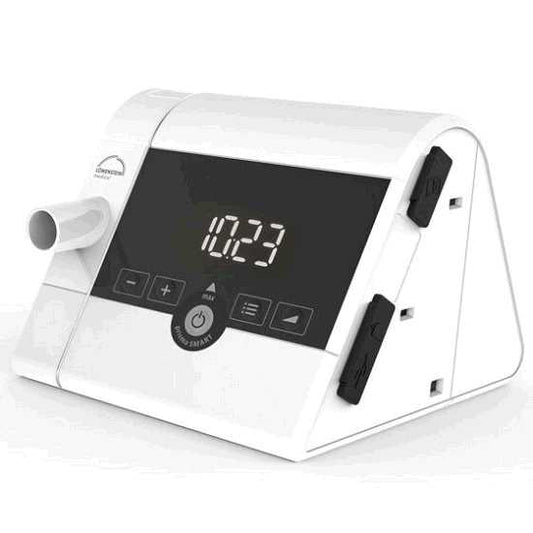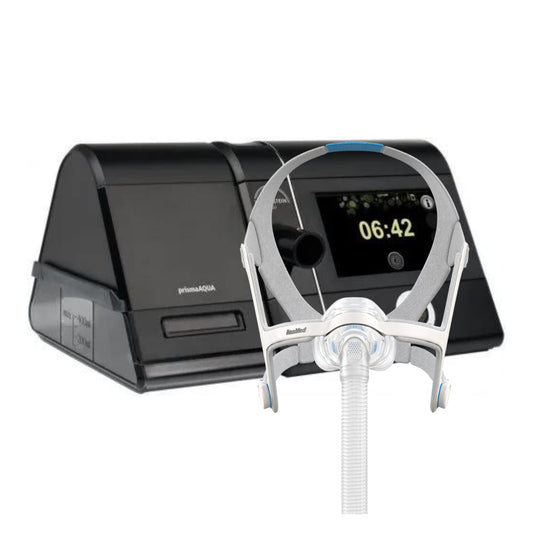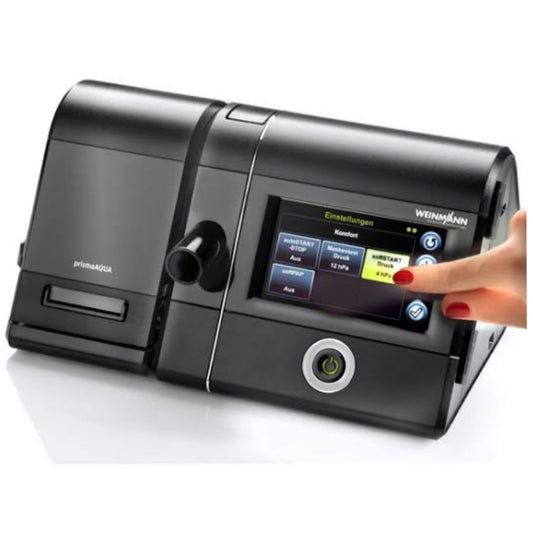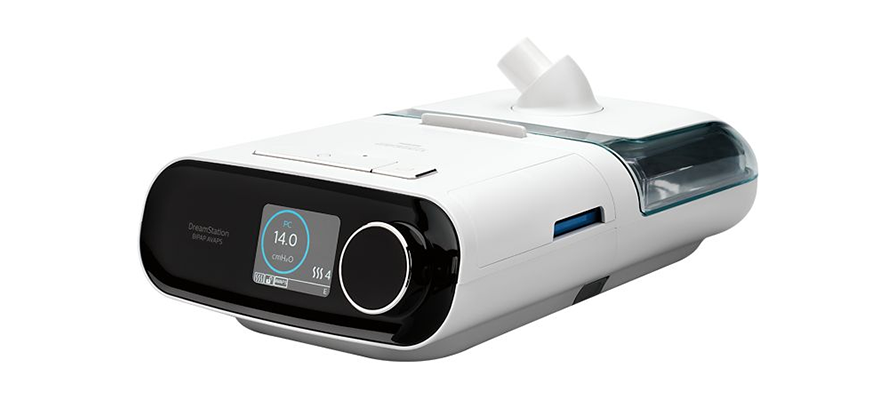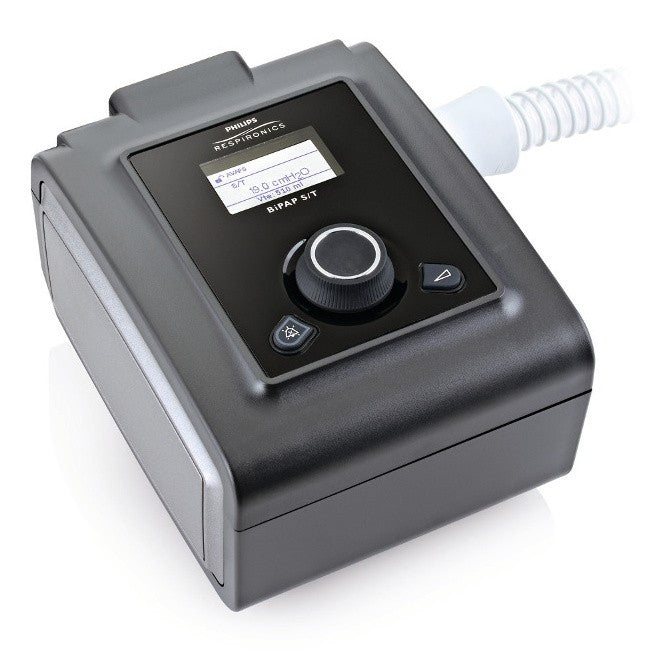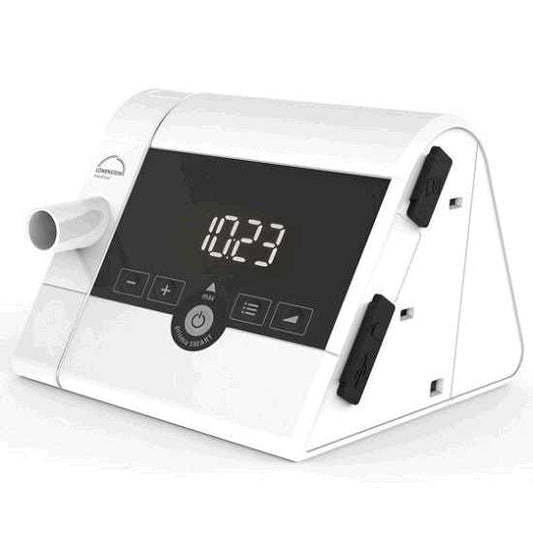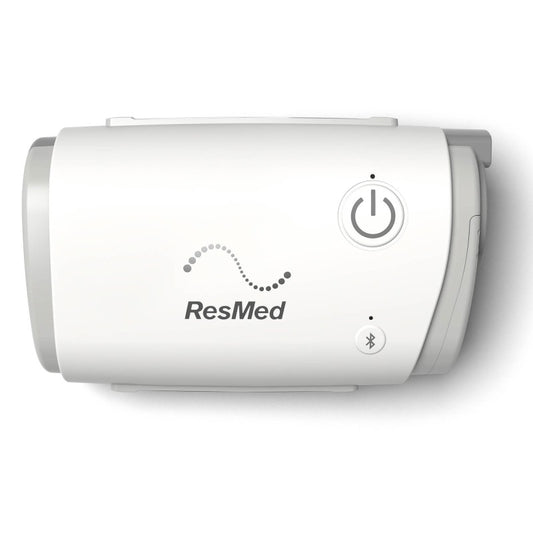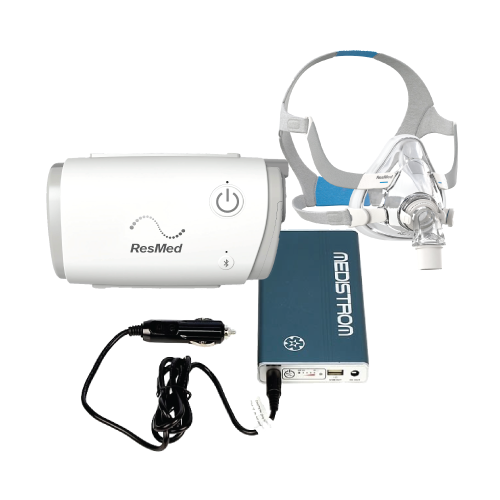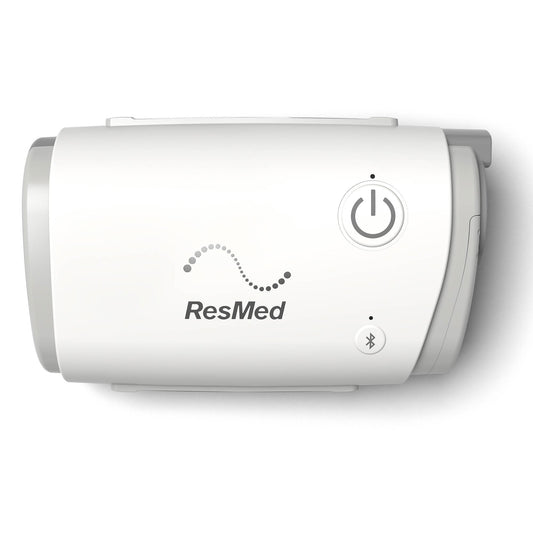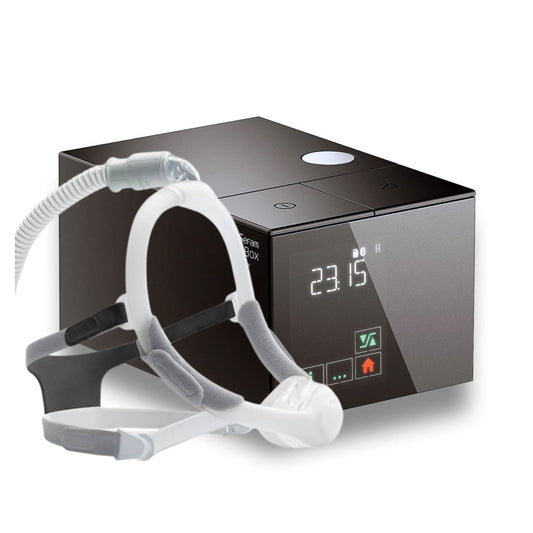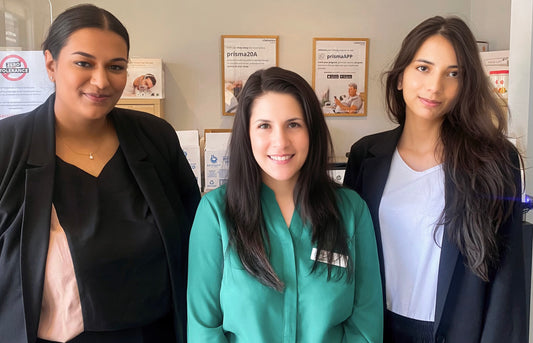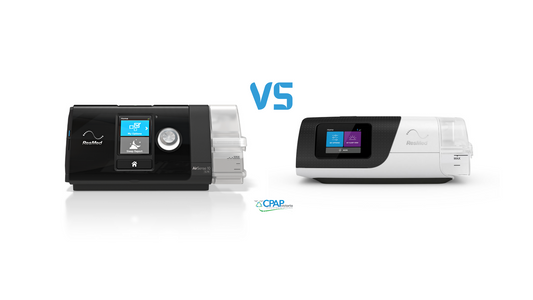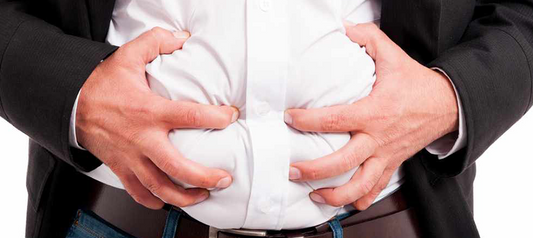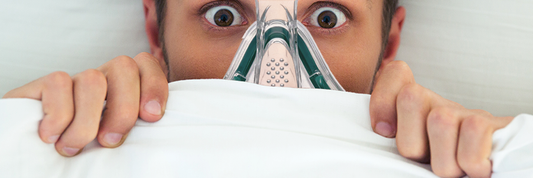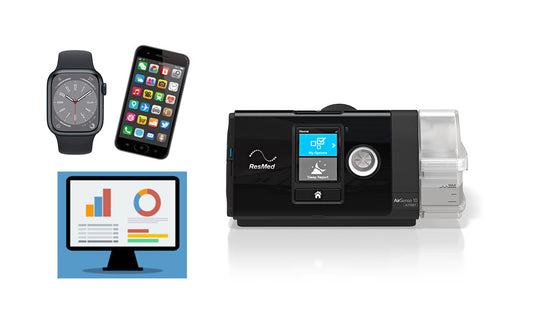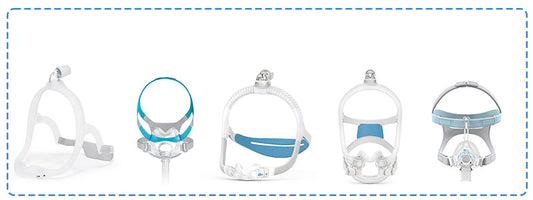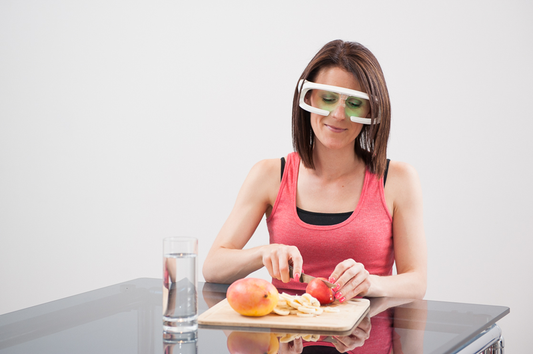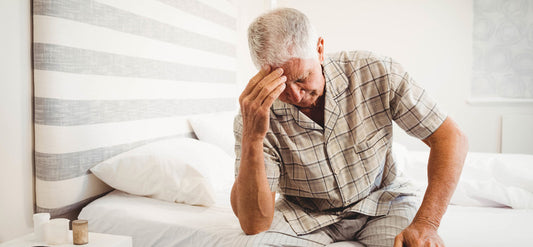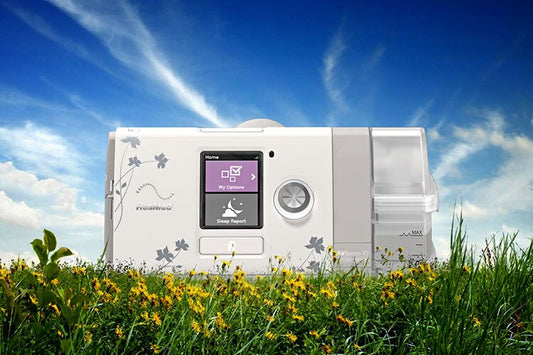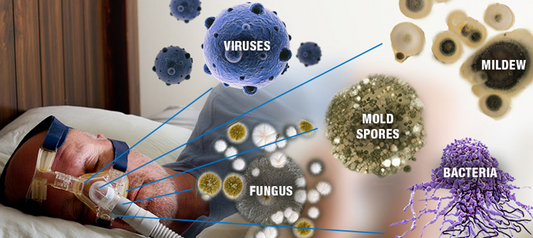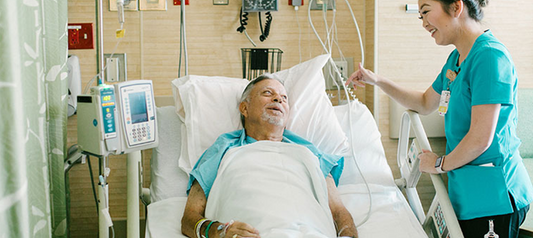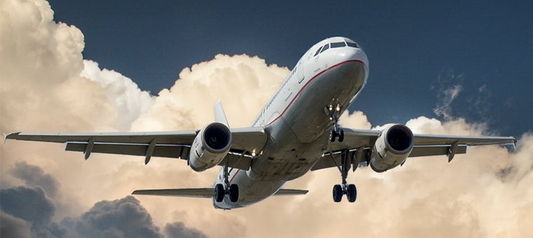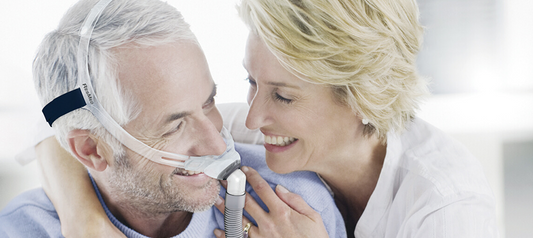Bilevel Positive Airway Pressure or BiPAP machine has very similar design and functions to a Continuous Positive Airway Pressure (CPAP) machine. Unlike a CPAP machine, a BiPAP machine is a non-invasive therapy for individuals undergoing treatment for sleep apnoea. Both machines keep throat muscles from collapsing through the air pressure produced by the machines, acting as a splint to reduce obstructions. BiPAP and CPAP machines facilitate easy breathing and uninterrupted sleep for people with obstructive sleep apnoea (OSA).
Unlike a CPAP machine, a BiPAP machine provides both adjustable inspiratory and lower expiratory pressure. The inspiratory pressure facilitates easy breathing for the patient while the expiratory pressure makes patient exhalation easier. Generally, BiPAP machines have three operational modes and they are:
-
1. Times–
wherein the machine switches between preprogrammed expiratory and inspiratory rate to make certain that the prescribed breaths per minute rate is sustained. -
2. Spontaneous –
- wherein the machine switches between inspiratory and expiratory based on what the BiPAP machine senses on the switch on breathing.
-
3. Spontaneous/Timed-
wherein the machine switches as it sense any change in breathing. Overall, the best is the time mode function as it guarantees the machine will deliver the required breathes per minute rate.
A qualified physician is required to determine which mode is best for the patient.
Difference between a BiPAP and a CPAP
BiPAP and CPAP machines are both used for the treatment of sleep apnoea. However, there are differences in their functions. A CPAP machine delivers continuous positive pressure to help control sleep apnoea. This pressure is fixed and is based on the results of the sleep study of the patient. There are CPAP machines with auto adjusting pressure.
BiPAP machine is considered more technologically advanced and is recommended for people who cannot tolerate CPAP machine treatment. The inhalation pressure of a BiPAP is similar to a CPAP but the exhalation pressure or EPAP is not. For some, it is difficult to breathe against constant pressure and this is where BiPAP is helpful as exhalation on this machine has a lower pressure to allow patient to breathe easily. The drop in exhalation pressure is most helpful for CPAP patients prescribed with a 15 cm pressure or higher. BiPAP exhalation pressure can go down as low as 4cm, thus preventing straining of the patient and allow a more natural and comfortable experience.
Who Benefits from BiPAP Therapy?
BiPAP therapy is prescribed to treat sleep apnoea on people with low oxygen levels or high pressure settings. This type of machine is most often used on people whose sleep apnoea did not get better on CPAP therapy. Patients with cardiopulmonary disorder such as congestive heart failure will benefit from BiPAP therapy. The same therapy is recommended for patients with neuromuscular disorders or lung disorders. Patients who suffer from ventilator impairment such as chronic obstructive pulmonary disease (COPD), restrictive thoracic disorder, and obesity-hypoventilation syndrome will benefit most from BiPAP therapy. Patients diagnosed with central sleep apnoea who are unresponsive to CPAP therapy are recommended to switch to BiPAP therapy under a physician’s care. In most cases, patients who use BiPAP do no step down to using CPAP unless there are great and significant changes in their sleep apnoea diagnoses.
Benefits of BiPAP Therapy
BiPAP machines may become the standard treatment for sleep apnoea because of good compliance rates of patients using this machine, compared with CPAP. Based on blood gas levels and clinical status, this therapy seems to be more effective. BiPAP machine can deliver Bi-Flex, and C-Flex which is the brand of expiratory pressure relief of BiPAP technology, not only monitors the patient’s airflow during exhalation but also reduces the pressure based on the patient’s needs. The pressure is increased at the end of the expiration to prevent the airway from collapsing.
If you feel that CPAP therapy is not working for you 100%, call us now for a consult regarding BiPAP therapy.
Call us at 1300-750-006
-
